That’s because How to buy arcade you’ll have a back up plan in case one payment method isn’t accepted for any reason, and you can pick the method that’s best suited to the specific transaction. Having a multi-currency card from a provider like Wise, plus your normal bank debit card, and some local cash in CAD should mean you’ve always got options. You can use your cash for small purchases and tipping, and make low cost payments and cash withdrawals with your multi-currency card, while keeping your bank card in reserve for emergencies.
Canadian Coins
This composition was maintained for the 10¢, 25¢ and 50¢ piece through 1966, but the debasement of the 5¢ piece continued in 1922 with the silver 5¢ being entirely replaced by a larger nickel coin. In 1942, as a wartime measure, nickel was replaced by tombac in the 5¢ coin, which was changed in shape from round to dodecagonal. Chromium-plated steel was used for the 5¢ in 1944 and 1945 and between 1951 and 1954, after which nickel was readopted. You’ll be able to use a travel debit card from a provider like Wise to make convenient payments and cash withdrawals and to convert funds online.
This is good for the environment as the bills last longer and can even be recycled. The new polymer notes are hard to counterfeit as well because of the “detailed metallic imagery carried in the transparent area of the notes” (Bank of Canada). The bills’ design also features various Canadian achievements at home, around the world, and in space. Although you will probably use your debit cards or credit cards more, knowing your Canadian coins and bills is basic alpari forex broker review knowledge you can’t do without. Many currencies were exchanged in what is now Canada before the centralization of the Canadian dollar.
- But sometimes, if you’re lucky, they might be old enough to be worth more than their face value to a collector.
- This started with the release of the $10 Viola Desmond note in 2018.
- The vertical format provides more space to display the portrait.
- When Canadian prices rise (inflation) faster than foreign prices, the dollar’s value falls relative to foreign currencies.
Sources
Canada also has a strong banking system with the Bank of Canada (Canada’s national bank) having the power to both print and buy currency in order to help control the value of Canada’s currency. According to the International Monetary Fund, the Canadian dollar is one of the world’s seven reserve currencies and is known for its stability and reliability. As a British Colony, our money was once tied to the value of the British Pound and then to the price of gold. Today, it is known as a “free-floating” currency with the value being determined by the international marketplace.
Since taking it out of circulation, retailers round cash transactions to the nearest five cents. CAD, nicknamed the “loonie,” is the currency abbreviation or currency symbol used to denote the Canadian dollar. One Canadian dollar is made up of 100 cents and is often presented as C$ to distinguish it from other currencies denominated in dollars, such as the U.S. dollar.
Canadian Bills
In 1841, as the Province of Canada under British rule, a currency known as the Canadian Pound was introduced. However, by 1858, the Canadian Dollar replaced the Pound, aligning its value with the US Dollar. During this transition, both US Dollars and British Gold Sovereigns were accepted as legal tender within Canada’s boundaries. We compare currency exchange and money transfer services in over 200 countries worldwide. We only display reputable companies which we have researched and approved. The information supplied on this site does not constitute financial advice.
It also makes coins for central banks, monetary authorities, and other mints all over the world. The government affects the value of the Canadian dollar in two ways. The government can change the value of the Canadian dollar over short periods by buying or selling Canadian dollars in the market, a process known as foreign exchange intervention. A more long-lasting effect can be achieved by using monetary policy. In this case, the government modifies Canadian interest rates, changing the attractiveness of investing in Canada (see Foreign Investment).
Who makes Canada’s money?
Some of the security features include raised ink, hidden images, metallic images — all of which are difficult to reproduce by counterfeiters. Canadian dollars are minted at the Royal Canadian Mint located in Winnipeg in the province of Manitoba. The development and distribution of bank notes to banks throughout Canada is the responsibility of the Bank of Canada (BOC). All Canadian coins have an image of the reigning British monarch on one side and one of various designs on the other. Cash (which is to say, paper and coin money) is used less and less in Canada these days, and Canada is often ranked highly as a country in which “cash free” shopping is very easy.
Always do your own research on before making any financial decisions. Investment Banking We do our very best to give you the most accurate journalistic information, but we can’t guarantee to be perfect. You use the information at your own risk, for more details read ‘how our site works’. If you carry AUD with you on your trip, you’ll probably need to exchange it before you can spend.


